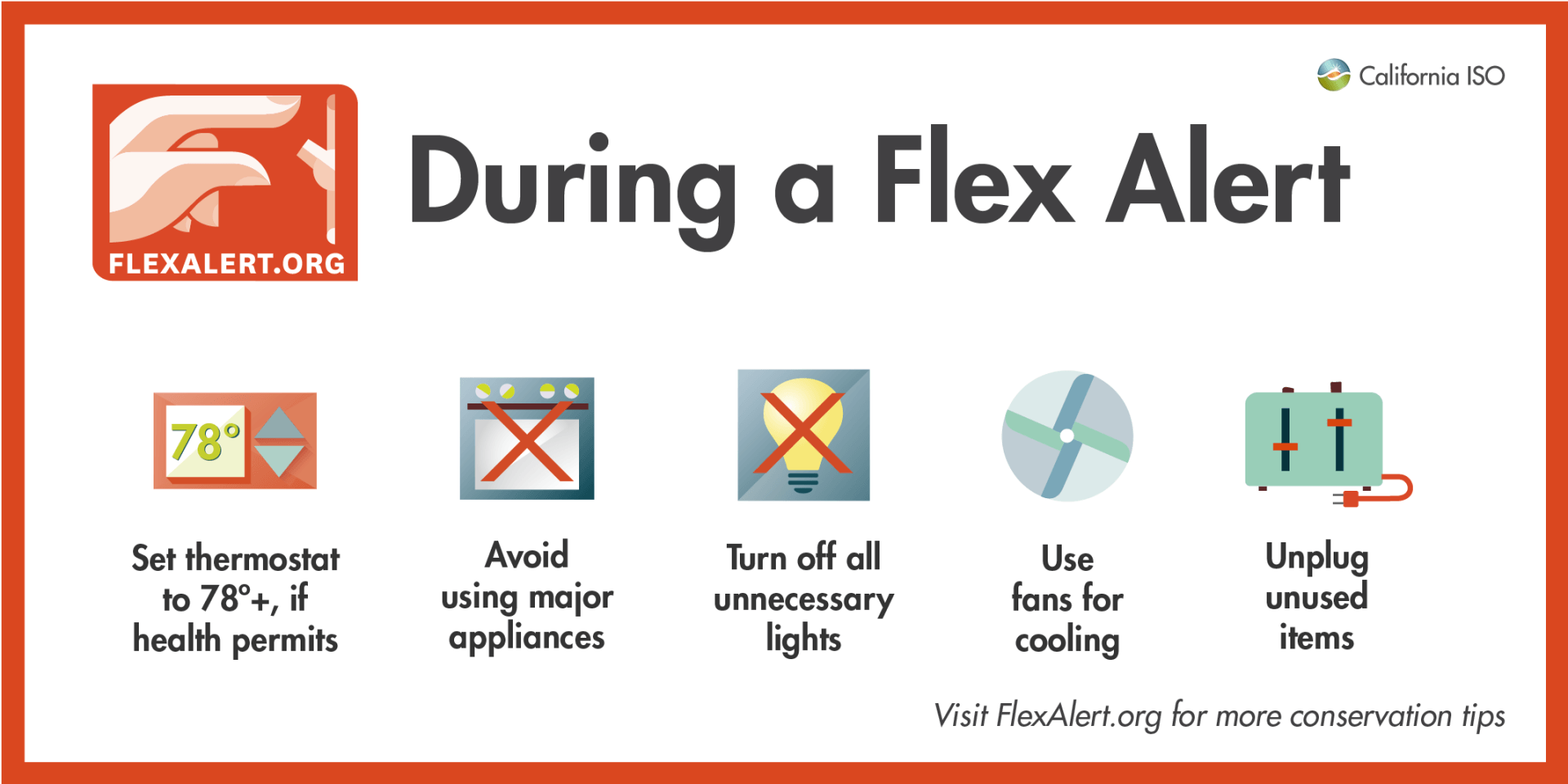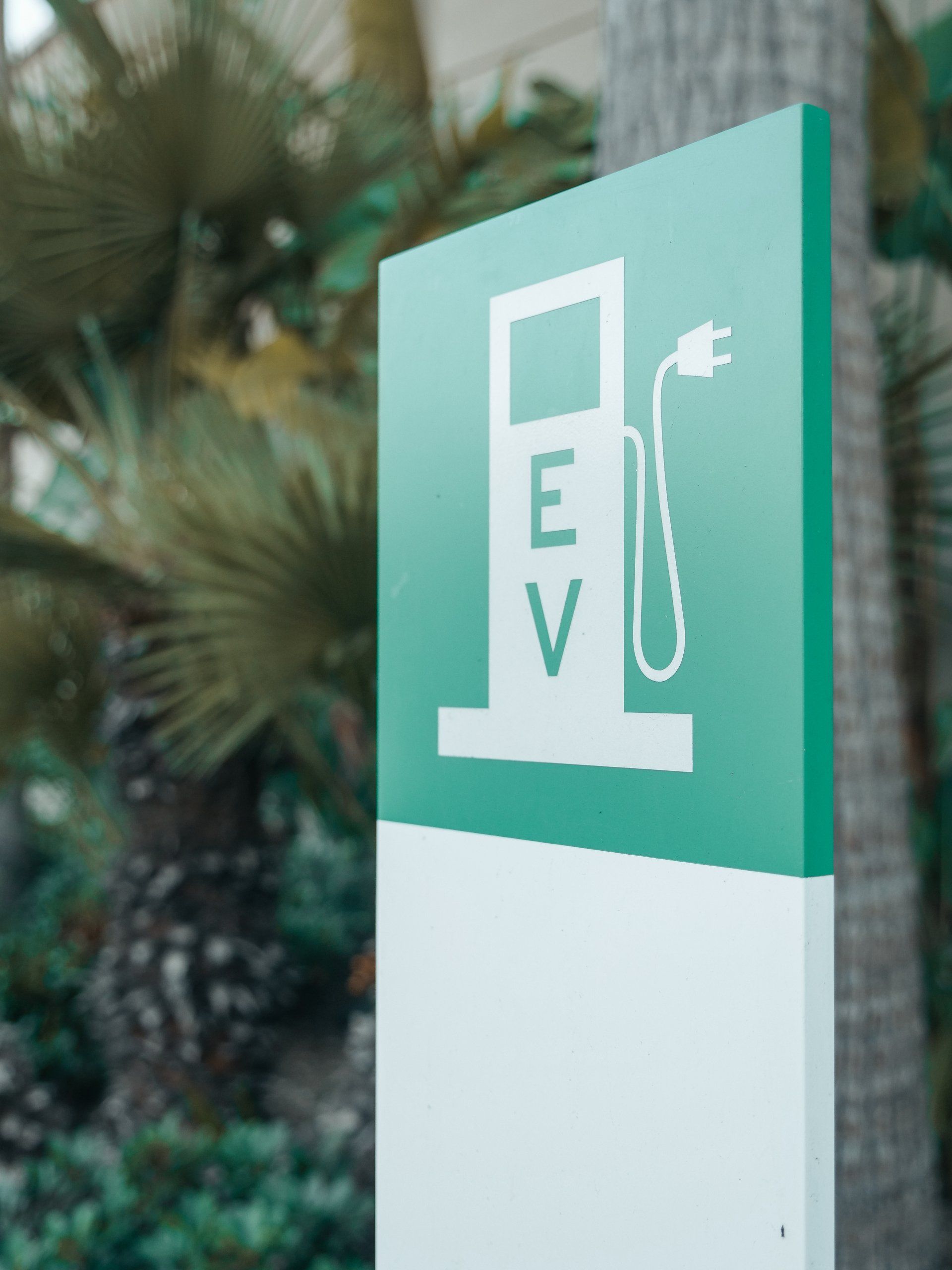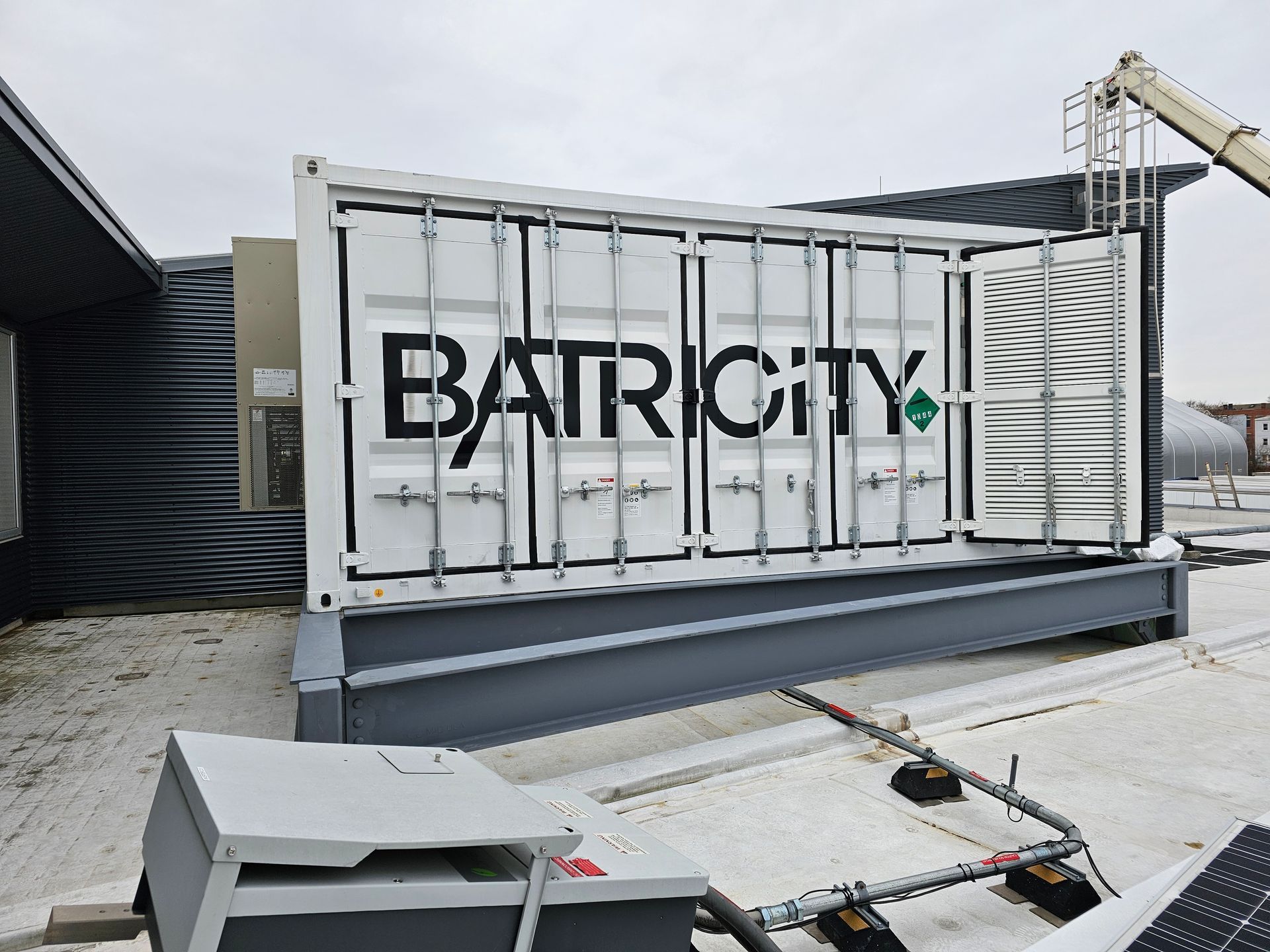California Energy Challenge
Introduction

In August 2022, regulators in California officially announced a ban on new internal combustion engine (ICE) sales by 2035. California is the first state in the U.S. to do this, and the state represents the largest auto market in the country. In July, California Governor Gavin Newsom and the California Air Resource Board (CARB) set targets for decarbonization at the building level. Boston became the first U.S. city to follow with an aggressive city-wide plan to eliminate fossil fuel use in new developments and major renovations.
Why it matters
While these policies certainly have those who disagree, California and CARB are typically the first to move, and others will follow. (As seen already with Boston)
Unprecedented Heat Wave
This week, 9/5/22, has brought an unprecedented heat wave to California. A wildfire known as the Fairview fire has already burned roughly 2,400 acres southeast of Los Angeles, and temperatures in Sacramento soared to 116 degrees, an all-time high. Due to the increase in electricity load from air conditioning, CAISO, the grid operator, warned customers of potential rotating power outages and raised the Energy Emergency Alert to Level 3. CAISO also asked customers to reduce their electricity usage by not charging electric vehicles (EVs) and setting thermostats to 78 degrees.
Grid Challenges
These types of events are becoming more and more common. As the electric grid, commercial buildings, homes, and the transportation sector continue to decarbonize, solutions are needed.
Solution
Battery energy storage systems (BESS) are the missing link that connect to all these areas. As an example, a battery storage system from Batricity, placed behind the meter (customer side of the electric grid) can do the following:
- Support and enable EV charging
- Reduce demand charges on utility bills (demand charges can account for 70% of monthly cost)
- Emergency backup during outages
- Earn revenue from utilities / grid operators through demand response programs
- Improve utilization of renewables by storing solar during peak production to be used at other times of the day
With the recent passing of the Inflation Reduction Act, battery storage systems from Batricity now qualify for the Investment Tax Credit and no longer are required to be co-located with solar.
California needs safe, resilient, cost-effective solutions to these challenges and Batricity is here to help. Contact us today to learn more.


All Rights Reserved | BATRICITY
Website & Hosting by SovoWeb a division of RedXWebDesign


